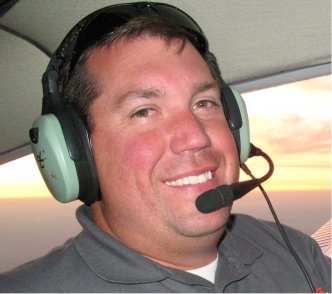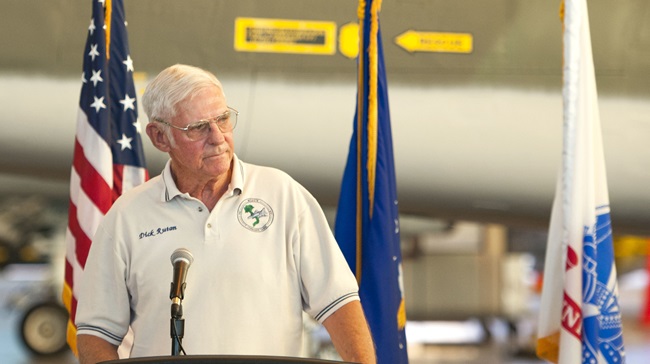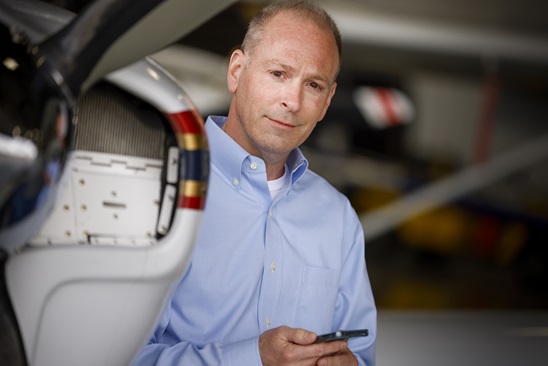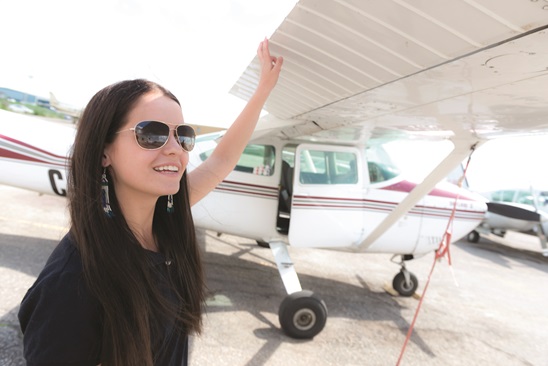Managing rising fuel costs in flight training operations
We have experienced times of increased fuel costs in aviation training before, but with record-setting prices at our gas pumps, it is time to consider some of these prices might linger. That means those in the business of providing aircraft for flight training must consider if their current aircraft rates will need to be increased to accommodate for the added variable costs of fuel.
No one wants to have to charge their customers more, and no customer wants to hear they need to pay more for the flight training they are receiving, but it is a part of the business of flight training.
Flight training operations around the country are already starting to look at the current economic conditions. Many have already been telling customers there are going to be price increases. These increases are required for the businesses to pay for the cost of providing their services and remain profitable. If flight training businesses don’t evaluate the increased fuel costs and properly calculate a for-profit price, they will not be able to sustain the provision of their services over time.
It's that simple.
But what’s the best way to do this? And how do you manage price increases? Here are some considerations those of us have been through a few ups and downs of fuel prices in aviation training have worked with in the past.
Fuel surcharges
One of the most common ways many flight training providers manage increases in price when fuel prices go up is to institute fuel surcharges. Frequently, these charges are calculated based on how many gallons of fuel are burned per hour and the expected increase in price per gallon of fuel.
For example, if the training operation is using an aircraft that burns 10 gallons per hour and the fuel price is expected to increase $2 per gallon, a $20 per hour fuel surcharge might be instituted.
This can be one of the easiest ways to introduce an added fee, and it is easy to remove if the prices go back down again. It is also one of the easiest to clearly communicate to customers. Pilots understand it; they are experiencing it in their daily lives.
Changing rental rates
If your operation doesn't think the price of avgas is going to come back down, it might choose to change the rental rate. A flight training operation might choose to do the same math, but just increase the basic rate of its aircraft. It is a little harder to communicate to your customer. It can be a lot less challenging from an accounting standpoint.
There are also times when flight training providers may take this opportunity to adjust their overall rental rates to consider overhead costs, any other variable costs such as hangar storage or ramp fees, or even increased costs of maintenance and parts. Many of us fall behind this because of the effort it takes to calculate these costs, or a lack of desire to have to frequently change prices to our customers.
If you haven’t considered those other costs in a while and how they are affecting the equipment costs in providing flight training, you might include these and fuel costs into an overall increase in aircraft use rate.
Dry rate?
A few operations utilize a “dry rate” for use of their aircraft. This is more commonly used in smaller operations and flight clubs.
A dry rate typically is used when the aircraft will return at a specific fuel point that is controlled and the user is responsible for “returning it like they found it.” In a few instances, a dry rate is used when the flight training provider is able to “fill the airplane back up” at the end of each flight and add that cost onto the customer’s invoice.
Record-keeping challenges are the main detriment of dry rates. It does, however, make the cost of fuel transparent to the customer, and it can be useful when aircraft may be fueled at airports other than where the aircraft is based and where fuel prices vary significantly.
How much should you go up?
How much you increase your price and how often is a tough decision. You don’t want to be changing your price every week, which might be one of the benefits of surcharges (they are easier to increase and decrease more frequently), but you also don’t want to fall behind in the costs of providing your equipment.
If you are changing your price just based on fuel prices, it is pretty easy math. If you are going to include other costs, such as for parts or maintenance services, you might be getting a little more complex with your computations.
The amount of an increase is unique to each flight training provider. Different areas of the country will have different fuel costs based on transportation costs. Labor costs vary from location to location. Take the time to do the math and make sure you increase sufficiently to cover the expenses you have in the provision of your aircraft to customers. Oh, and still make a profit.
Communicating with your customers
If there is one key piece of advice here, it is to communicate with your customers.
When you are going to increase prices, no matter the methodology, give notice and explain how the prices will be increased. Don’t surprise your customers with surcharges on the bottom of their bill at the end of a lesson or rental.
Customers get it. But they don’t like being blindsided.
Good, clear communication with posted price increases is one way. You might choose to put your price changes on your website, calling out when they become effective and what those changes are. A good method is to email your customer base and share with them what changes you may be making. The best practice might be to do all of these so customers don’t miss the changes and get surprised.
We hope these increases in fuel prices are temporary, but that isn’t a bet you should make with your business either. When your prices go up, you are going to have to increase the price to your customers. If you don’t charge a price that keeps you in business, you won’t stay in business. And that does more damage to our training industry than charging a fair and profitable price. We need to keep all the training providers in business. Making hard business decisions that affect our customers is a part of doing that.



